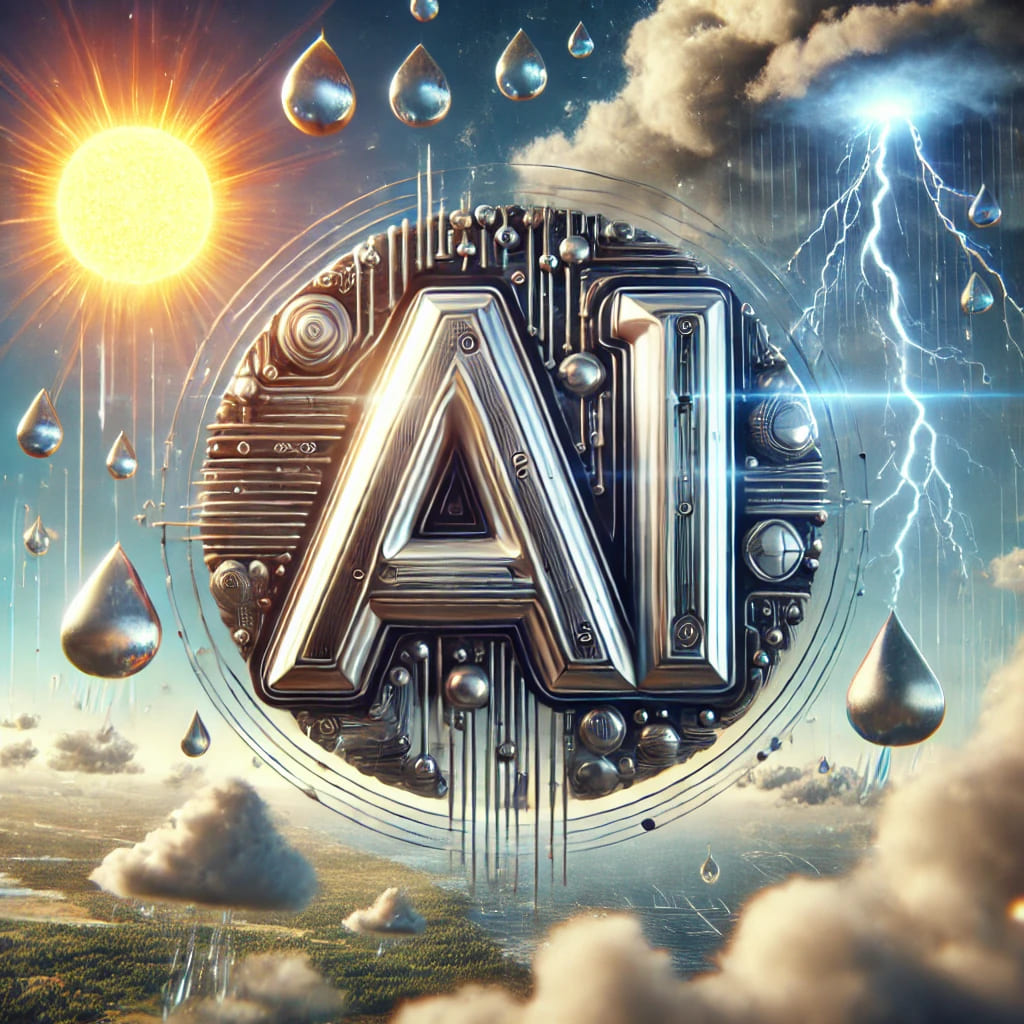Artificial Intelligence (AI) and the Internet of Things (IoT) are revolutionizing weather forecasting, offering faster, more precise, and hyper-local predictions. AI analyzes vast data sets to identify patterns, while IoT devices gather real-time data, creating more reliable forecasts. Read our article to explore how these emerging technologies are transforming our response to unpredictable weather.
The Role of AI in Modern Weather Forecasting
AI is becoming a game-changer in weather forecasting by enabling models that can analyze vast amounts of data and identify patterns that traditional methods might miss. Advanced machine learning algorithms process meteorological data collected from satellites, radar systems, and IoT devices to improve forecast accuracy.
These models can handle the complexities of weather patterns, making it possible to deliver predictions that are both timely and granular. AI algorithms also analyze historical weather data alongside real-time observations, identifying trends that lead to accurate short-term and long-term forecasts. They are particularly skilled at recognizing repeating patterns, allowing meteorologists to make better-informed predictions about phenomena like hurricanes and droughts.
AI systems can even automate parts of the forecast generation process, reducing the time required for human analysis without compromising accuracy. IBM’s “Deep Thunder” initiative exemplifies the advancements AI brings to weather tracking. By leveraging AI, Deep Thunder generates hyper-local forecasts that benefit urban areas, enabling cities to manage resources more effectively during adverse weather conditions.
The Impact of IoT on Weather Data Collection
IoT technology complements AI by broadening the scope and frequency of weather data collection. IoT devices, such as sensors and weather stations, can be deployed in remote areas where traditional weather stations are impractical. This network of connected devices gathers real-time data on temperature, humidity, wind speed, and atmospheric pressure, feeding information directly into AI-driven models.
By continuously relaying data to central systems, IoT devices ensure that meteorologists and automated systems work with the latest conditions. The scalability of IoT networks also means they can expand to cover new regions, offering more comprehensive data, especially in areas that were previously under-monitored. Platforms like ClimaCell’s HyperCast use IoT data to offer street-level forecasts, providing valuable insights for industries reliant on precise weather information.
How AI and IoT Work Together for Hyper-Local Predictions
By blending AI’s analytical power with IoT’s extensive data-gathering capabilities, meteorologists can create forecasts tailored to precise geographic locations, even down to individual city blocks or streets. Hyper-local predictions are essential today, where accurate, location-specific weather data can significantly impact safety, resource management, and industry operations.
Tomorrow.io, for instance, leverages AI and IoT to provide highly localized forecasts. Their system uses real-time data from IoT devices, satellites, and radars. It delivers custom forecasts for sectors like aviation and logistics, enabling proactive decision-making where weather conditions directly impact operations and safety.
Advantages of AI and IoT in Forecast Accuracy
Both AI and IoT have led to a dramatic improvement in weather prediction accuracy. Traditional weather models typically rely on large-scale simulations that might overlook local variations. AI-driven models, however, use real-time IoT data to adjust predictions for regional anomalies, such as coastal storms or desert weather patterns, resulting in more reliable and actionable information. Here are the main advantages at a glance:
- High-resolution data dissection by AI, enabling greater precision
- Enhanced accuracy through continuously updated machine learning algorithms
- Faster forecast generation, allowing for quick dissemination of alerts and warnings
Emerging Platforms Revolutionizing Weather Forecasting
Several platforms and companies are leading the charge in AI and IoT-driven weather forecasting, offering solutions that bring unprecedented accuracy and speed to the field. IBM’s Deep Thunder focuses on city-level predications, particularly useful for infrastructure and disaster preparedness. Tomorrow.io uses real time IoT data to create hyper-local weather forecasts for sectors like transportation and energy.
ClimaCell HyperCast is another excellent weather forecasting tool offering precise weather data down to the street level, enhancing prediction reliability for businesses that depend on detailed forecasts. These platforms leverage cutting-edge technology alongside user-friendly interfaces, making critical weather insights accessible to businesses, municipalities, and individuals alike.
The Future of AI and IoT in Weather Tracking
Looking forward, we can expect to see even more sophisticated uses of AI and IoT in weather forecasting. Improvements in deep learning and machine learning algorithms will enable predictive models that consider an ever-wider array of variables. At the same time, advancements in IoT technology will provide higher-quality data from remote areas. Here are some future trends to keep an eye on:
- Expansion of IoT networks, extending data collection to remote regions
- Enhanced AI-powered predictive analytics, anticipating weather patterns months or years in advance
- Closer integration of weather platforms with public services, supporting city planning for extreme weather impacts on power grids, water systems, and emergency services
Conclusion
AI and IoT are reshaping the landscape of weather forecasting, bringing a level of accuracy and reliability previously unimaginable. By harnessing these technologies, meteorologists and weather-dependent industries can better prepare for climate challenges and improve resilience against natural disasters. With real-time data collection and AI-driven analysis, the future of weather tracking promises to be as dynamic as the technology driving it forward.

